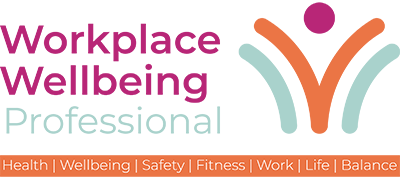A 2023 study of working fathers carried out by Bright Horizons has found the following results:
- 4 in 10 working fathers say they share the childcare load equally
- Three-quarters have had to take a day (or more) off work unexpectedly to meet childcare commitments
- 76% of men said they looked after children whilst working from home
- 60% of men find that caring for children while working from home impacts productivity
- But, 1 in 3 don’t feel comfortable talking to their employer about family commitments
As emphasis on inclusion grows overall, working dads are finding it easier to talk to employers about family-related issues – but it is still easier for women to do so.
74% of women are confident talking to their employer about family-related issues, but for men this figure sits at 67%.
With 45% of working fathers in senior roles seeking new employment, Bright Horizons has some sage advice for employers who want to ensure their approach is gender inclusive.
Denise Priest, Executive Director Work+Family Solutions at Bright Horizons shared the following guidance:
- If you are not already in tune with current and future trends, make 2023 the year your family policies recognise parents of all genders and circumstances. Review not only what you offer but how you communicate it.
- Offer flexible working hours and working from home options, to help employees balance the work-life juggle. We know that this isn’t always possible, depending on the nature of your industry, but where possible, it’s proven to have had an immensely positive outcome for many employees.
- Offer help with care solutions. Care is part of the cost of working. Over half of employees are struggling with the cost of living, so facilitating ongoing childcare and ad hoc or back-up care is a key opportunity for employers to support employees whilst reducing the impact of unexpected absence due to childcare breakdowns.
- Be sure that dads are aware of their access to flexibility and care solutions by ensuring the cost and time-saving impact of your benefits is clear and by promoting them.
- Have more open conversations and make a concerted effort to understand the ongoing concerns working fathers have and target men, as well as other genders in any support you provide.
Joanne is the editor for Workplace Wellbeing Professional and has a keen interest in promoting the safety and wellbeing of the global workforce. After earning a bachelor's degree in English literature and media studies, she taught English in China and Vietnam for two years. Before joining Work Well Pro, Joanne worked as a marketing coordinator for luxury property, where her responsibilities included blog writing, photography, and video creation.



